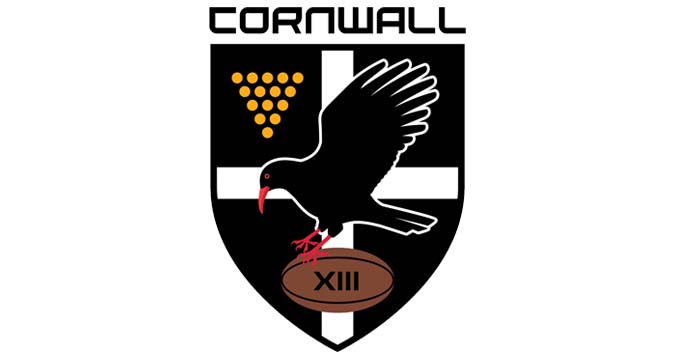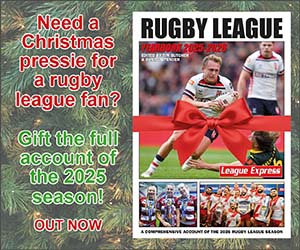 Talking Rugby League with League Express editor Martyn Sadler
For many years I used to travel regularly to Cornwall every year when my parents-in-law lived near Truro and I grew to love the county, with its wonderful beaches, cliff walks, historic monuments, temperate climate and Cornish pasties.
So I would like nothing more than to
Talking Rugby League with League Express editor Martyn Sadler
For many years I used to travel regularly to Cornwall every year when my parents-in-law lived near Truro and I grew to love the county, with its wonderful beaches, cliff walks, historic monuments, temperate climate and Cornish pasties.
So I would like nothing more than to Cornwall surely face an uphill struggle
 Talking Rugby League with League Express editor Martyn Sadler
For many years I used to travel regularly to Cornwall every year when my parents-in-law lived near Truro and I grew to love the county, with its wonderful beaches, cliff walks, historic monuments, temperate climate and Cornish pasties.
So I would like nothing more than to
Talking Rugby League with League Express editor Martyn Sadler
For many years I used to travel regularly to Cornwall every year when my parents-in-law lived near Truro and I grew to love the county, with its wonderful beaches, cliff walks, historic monuments, temperate climate and Cornish pasties.
So I would like nothing more than to 
